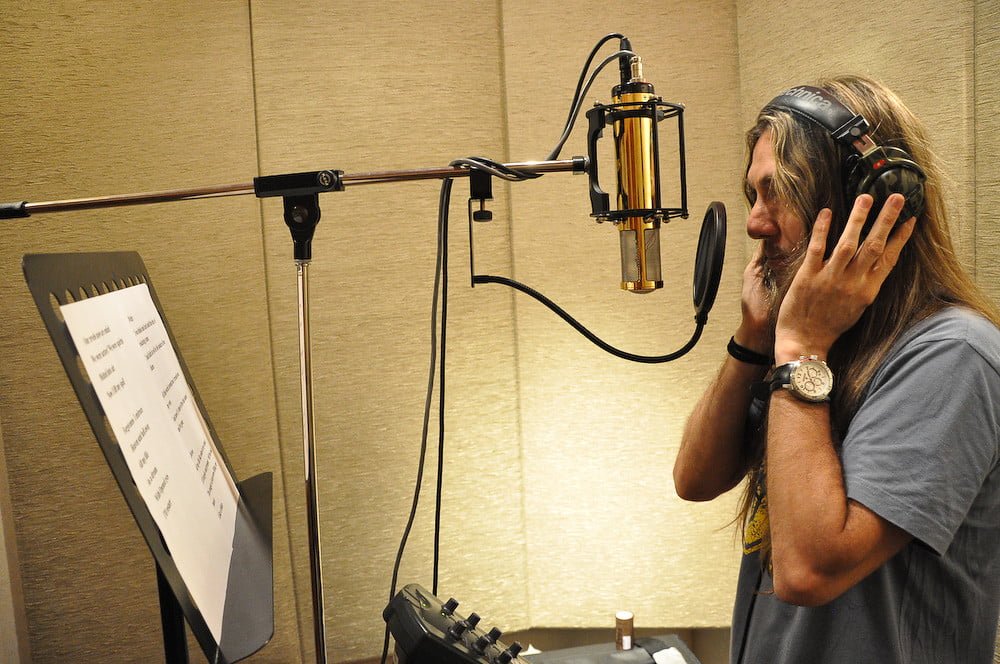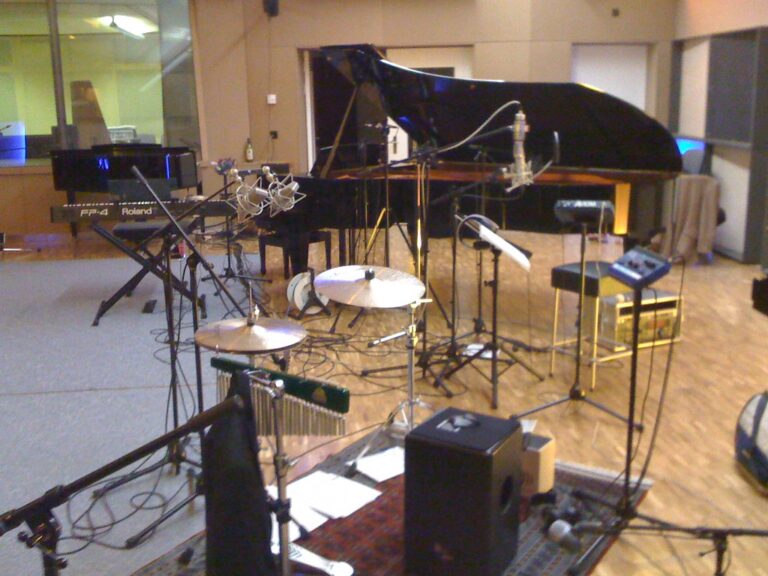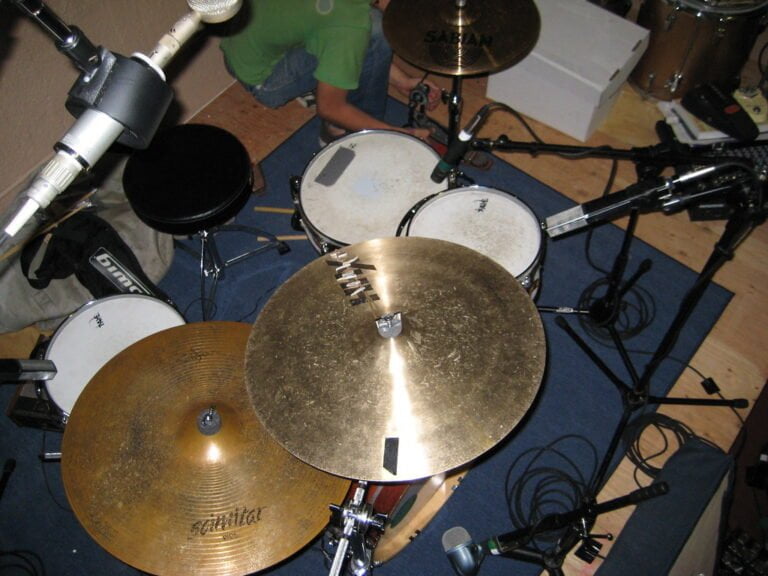Pro Tips for Vocal Recording in a Home Studio
From setting the perfect microphone position to mastering the art of breath control, there are key elements that can make or break your vocal recordings. So, how can one guarantee a professional touch to their home studio vocal recordings? Let’s uncover some expert tips that can elevate your sound quality and take your recordings to the next level.
We are supported by our audience. When you purchase through links on our site, we may earn an affiliate commission, at no extra cost for you. Learn more.
Room Acoustics and Sound Treatment
To optimize vocal recordings in a home studio, it is essential to address room acoustics and sound treatment through the strategic placement of acoustic panels, absorbers, and diffusers. Effective sound treatment plays a pivotal role in enhancing the quality of recordings by reducing unwanted noise and controlling sound reflections within the recording environment.
Acoustic panels are a fundamental component of sound treatment in a home studio. These panels are designed to absorb sound waves, preventing them from bouncing off walls and creating unwanted echoes or reverberations. By strategically placing acoustic panels on the walls and ceiling, one can greatly improve the acoustics of the room, leading to cleaner and more professional-sounding vocal recordings.
In addition to acoustic panels, absorbers such as DIY solutions like duvets or sleeping bags can be utilized to enhance sound absorption in a home studio. These makeshift absorbers can help reduce the reflection of sound waves, further improving the acoustics of the recording space. Also, controlling sound reflections by positioning the microphone away from walls and flat surfaces, as well as hanging blankets or covering windows to minimize reflections, can contribute to creating a more controlled recording environment.
Vocal Warm-up and Health
Regular vocal warm-ups are essential for maintaining vocal health and optimizing performance quality. Vocal warm-ups increase blood flow to the vocal cords, enhancing flexibility, and reducing the risk of injury. Proper warm-up exercises such as lip trills, sirens, scales, and humming can improve vocal range, tone, and pitch accuracy. These exercises prepare the voice for recording by ensuring that the vocal cords are ready to perform at their best.
In addition to enhancing performance, regular warm-ups also help singers prevent strain and maintain vocal health. Necessary hydration before warm-ups is pivotal to keep the vocal cords lubricated and maintain vocal stamina. Hydration supports the flexibility of the vocal cords and helps prevent vocal fatigue during recording sessions.
Microphone Selection and Positioning
When setting up a home studio for vocal recording, the choice and positioning of the microphone play an important role in capturing clear and high-quality vocals. Selecting a condenser microphone is vital for vocals due to their sensitivity and ability to capture the nuances of the voice with clarity. It’s vital to position the microphone correctly to achieve the best sound quality. Placing the microphone at a 45-degree angle above the singer’s mouth helps in capturing the vocals accurately.
To enhance the recording quality further, using a shock mount is recommended. A shock mount helps reduce vibrations and handling noise during recording sessions, resulting in cleaner audio. Considering a cardioid pickup pattern for the microphone can also be beneficial. This pickup pattern focuses on capturing sound from the front while minimizing background noise, making it perfect for vocal recording in home studios.
Experimenting with microphone placement is key to finding the right balance between clarity and warmth in the vocals. By adjusting the distance and angle of the microphone, you can achieve the desired sound for your recordings. Remember, the right microphone selection and positioning can make a significant difference in the overall quality of your vocal recordings.
Breath Control Techniques
Maximizing air utilization through proper diaphragmatic breathing is fundamental for enhancing vocal projection and sustaining notes effectively in singing. When engaging the diaphragm, singers increase air intake, allowing for more extended phrases without compromising vocal quality. This technique minimizes strain on the vocal cords, promoting longevity and preventing vocal fatigue. To improve breath support and vocal endurance, incorporating exercises such as lip trills and hissing sounds into a warm-up routine can be beneficial. These exercises help develop control over exhalation, leading to more consistent airflow and enhanced vocal performance.
Consistent practice of breath control techniques is essential for maintaining vocal endurance and quality. By mastering proper breathing, singers can achieve more controlled and stable tones, even during challenging vocal passages. This consistency in breath support enables singers to navigate through intricate melodies with precision and confidence. Additionally, focusing on diaphragmatic breathing fosters a deeper connection to the voice, allowing for better modulation and expression throughout a performance.
Multiple Vocal Takes and Editing
Utilizing multiple vocal takes and editing is essential for achieving a polished and cohesive final vocal performance. Recording various vocal takes provides the flexibility to select the best sections from each recording, enhancing the overall quality of the performance. Editing these multiple takes allows for the creation of a composite take that effectively captures the singer’s strongest and most emotive moments, resulting in a flawless and cohesive performance.
- Constructing a composite take from different vocal recordings helps achieve a flawless and cohesive vocal performance.
- Utilizing hard disk editing software provides the ability to seamlessly blend different vocal takes for a professional outcome.
- Keeping and comparing multiple vocal takes aids in selecting the most emotive and technically sound parts for the final mix.
When working with multiple vocal takes, it is essential to leverage the capabilities of hard disk editing software to guarantee a smooth integration of the selected segments. This meticulous editing process is fundamental in achieving a professional outcome and delivering a final mix that showcases a seamless and polished vocal performance.







